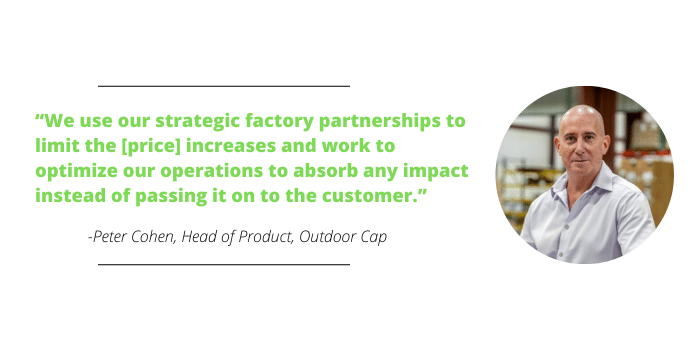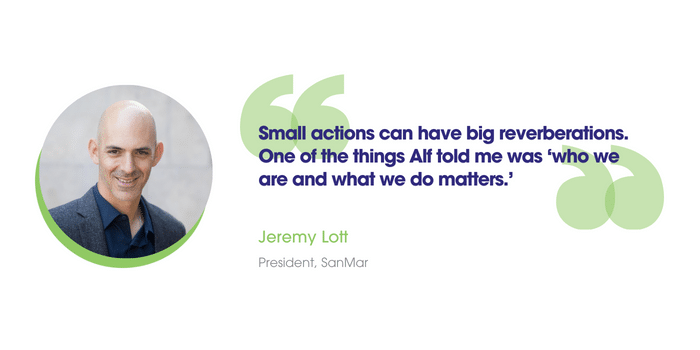Garment workers in Bangladesh, which trails only China in producing the most apparel in the world, are rebelling against extremely low wages in the face of inflation, devalued local currency and rising living costs.
Following violent protests and a weeklong strike by tens of thousands of garment workers, a panel appointed by the Bangladesh government announced a 56% increase in the monthly minimum wage on Tuesday, The Associated Press reported.
- Effective December 1, the new monthly minimum wage will be $113, up from $75.
However, unions have rejected the decision because it’s still below their demands of an increase to $208 per month. “This is very frustrating. We can’t accept this,” Kalpona Akter, president of the Bangladesh Garment and Industrial Workers Federation, told The Associated Press.
- In the wake of the panel’s decision, one Bangladeshi woman was shot dead on Wednesday during a protest that included police involvement, French news agency AFP reported.
Effect On Promo
Apparel suppliers in the promotional products industry may be impacted by further disruption to production, as well as if factories charge higher prices for clothing materials. The latter would most certainly lead to a ripple effect of consumers paying more for their products, which may dampen sales in 2024 and beyond.
“Price increases have been the norm for several years with higher wages and inflationary pressure, but we use our strategic factory partnerships to limit the increases and work to optimize our operations to absorb any impact instead of passing it on to the customer,” says Peter Cohen, head of product at Outdoor Cap (PPAI 213485, S10) – ranked the No. 25 supplier in this year’s PPAI 100.

“Apparel is one of the very few categories of product where prices today are less than they were 30 years ago, and without a large technological change,” says Jeremy Lott, president and CEO of SanMar. “It’s important that we push workers up the value chain and that prices rise responsibly with wages.”

Bangladesh’s garment industry employs roughly 4 million people (mainly women) in nearly 3,500 factories, according to the Bangladesh Garment Manufacturers and Exporters Association (BGMEA).
- The South Asian country generates about $55 billion in annual exports of garments, primarily to the United States and Europe, The Associated Press reported.
- Fashion giants like Levi’s, Gap, Zara and H&M, among others, all source clothing from the country.
Unions blame a combination of inflation – which reached nearly 10% in October – and the taka (Bangladesh’s currency) depreciating about 30% against the U.S. dollar since early 2022 for the cost-of-living crisis, AFP reported.
- Initially, the BGMEA, which represents factory owners, offered workers only a 25% raise, which would result in a minimum wage of $95 per month.
“The brands and retailers only care about smooth shipments and profit – they don’t care about the well-being of the workers at the bottom of the supply chain or the fact that many workers are half-starving,” Akter told AFP. “We hope the brands will put pressure on Bangladesh manufacturers to make sure they pay the wage the workers are demanding.”


